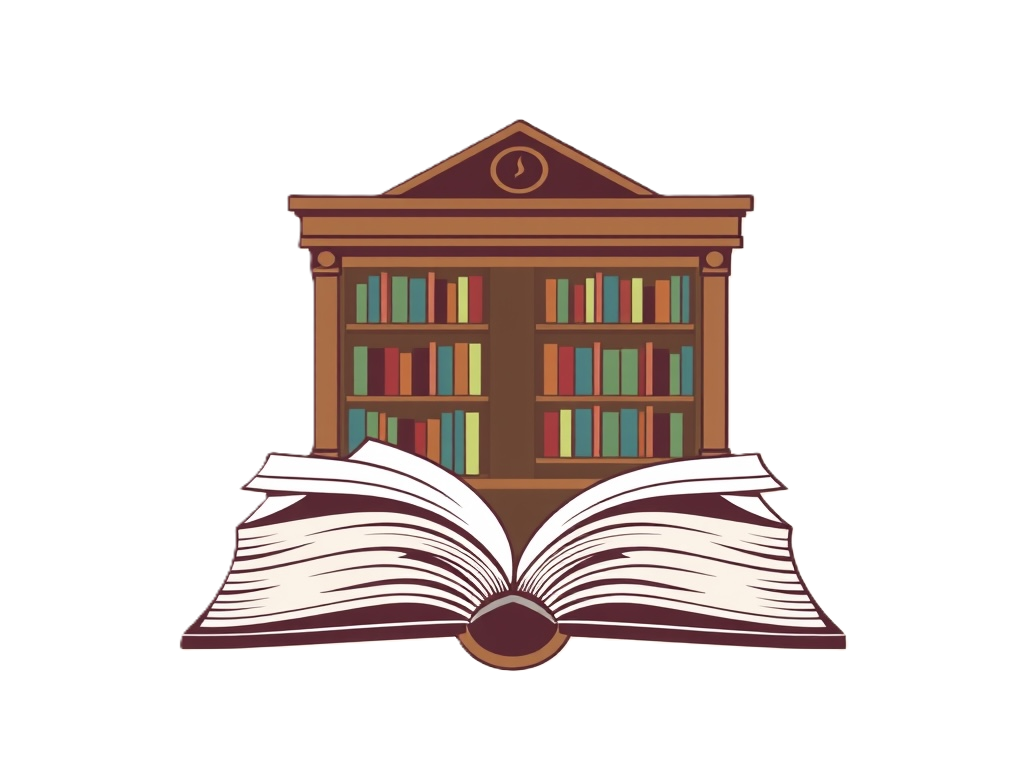Hello, my name is Sean Young, and I’m the founder of Young’s Language Consulting, a company dedicated to breaking down language barriers across diverse communities. With over 40 years of experience in language instruction and cultural exchange, I have had the privilege of helping countless individuals — from students to professionals — achieve their language learning goals. I firmly believe that access to high-quality language education should be available to everyone, regardless of their background, age, or aspirations. Whether you are looking to enhance your travel experiences, advance your career, or simply enjoy the richness of another culture, my mission is to provide tailored learning solutions that make language acquisition both accessible and enjoyable for all.
 Young's Language Consulting
Young's Language Consulting